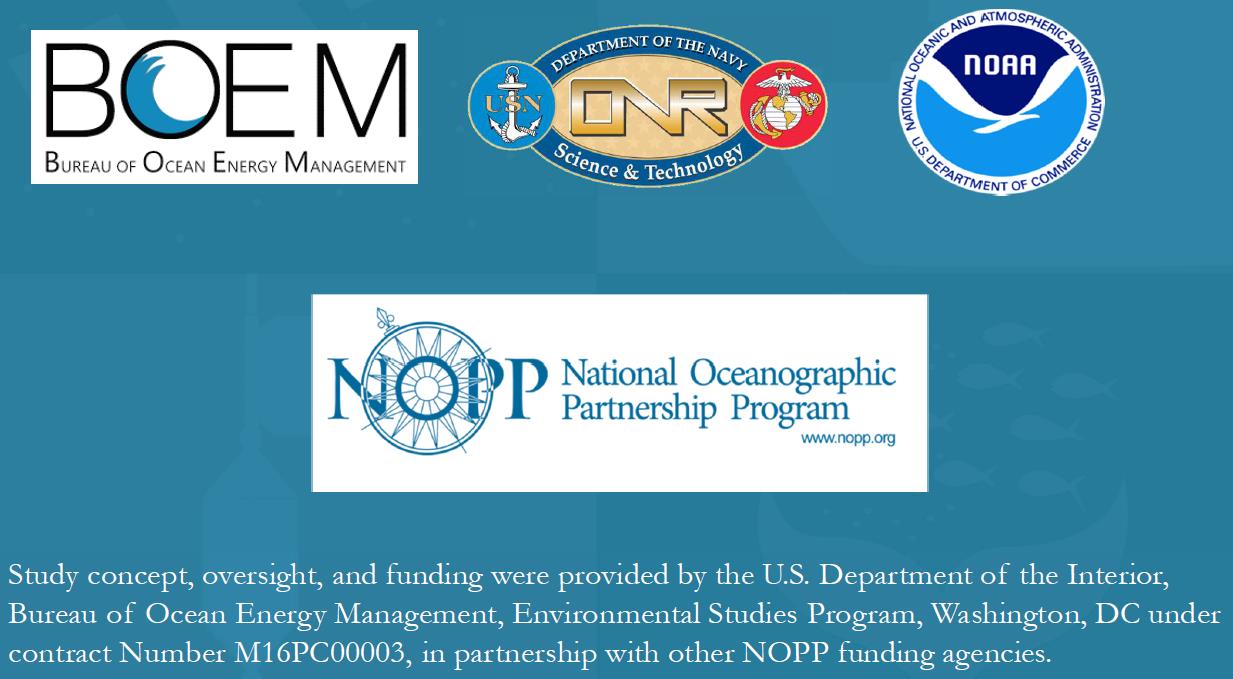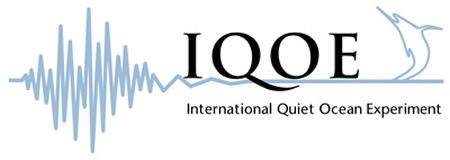As one of my classmates in grad school used to say: “They don’t call it easy-ography.” Anytime you plan on doing fieldwork in the ocean, there’s a chance that mother nature will add some twists, turns, and complications to your schedule. And that’s what has led us here: back at the dock in Rhode Island a few days ahead of our original cruise end date because of a large storm that will be dumping snow across the Northeast and would have prevented us from doing any work at sea (and also kept us from getting back to the dock by our original end ate). We’ve had some pretty strong winds and lumpy seas throughout this cruise, which has prevented us from getting all of the sampling that we had hoped to do completed. The good news though is that the science that HAD to get done (namely recovering and redeploying the bottom landers at our seven sites) was accomplished successfully.
Now that we’re back at the dock, we get to clean the labs and our rooms (yep, even the Chief Scientist will be scouring a toilet bowl before he departs) so that we leave the RV Endeavor in as good of (or even better) shape than when we boarded 3 weeks ago. On behalf of all the science party, I would like to thank the Captain and crew of the ship for helping us to conduct our science in a safe and efficient manner. The Endeavor will be retiring from active service in the UNOLS fleet in another year or two so this will likely be the last time I sail on it, but it was nice to get back on board after being on it as a grad student in the mid-90s.
Lastly, I want to thank the entire science party for being a great group of people to sail with. We had several people who had never been on an oceanic research cruise before and other than some seasickness, everything went very smoothly, and I’d be happy to sail with any of them again. It can be tough to be disconnected from life (friends and family) for several weeks and have to live in close quarters (and sometimes stressful situations) with a group of strangers. But by the end of the cruise, everybody is part of a larger EN626 family.
That’s it from ADEON III. Our next cruise is a year from now, but we’ll probably have some science updates for the project as we continue to analyze the data that’s been collected.
Joe Warren, ADEON Chief Scientist, EN626


